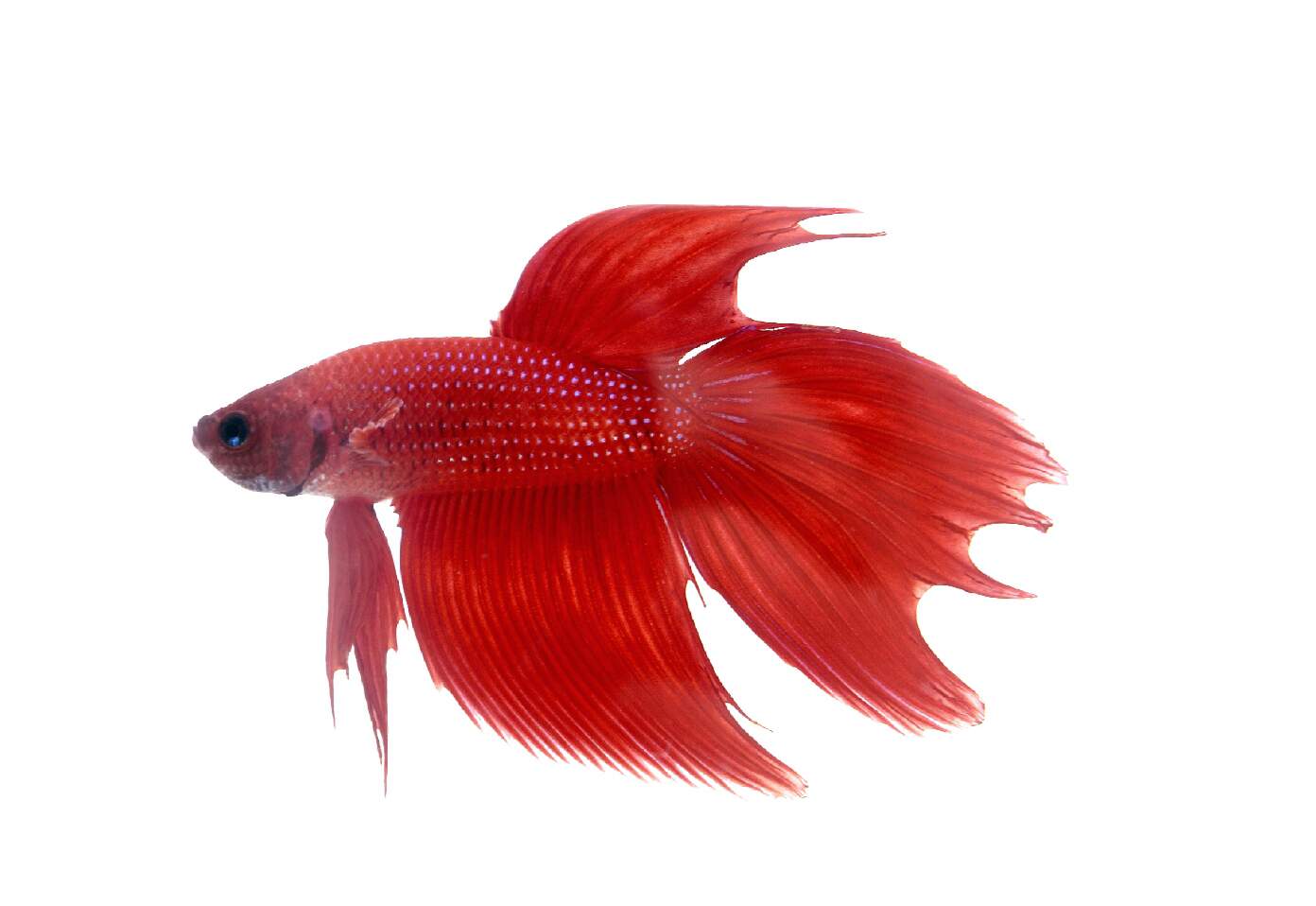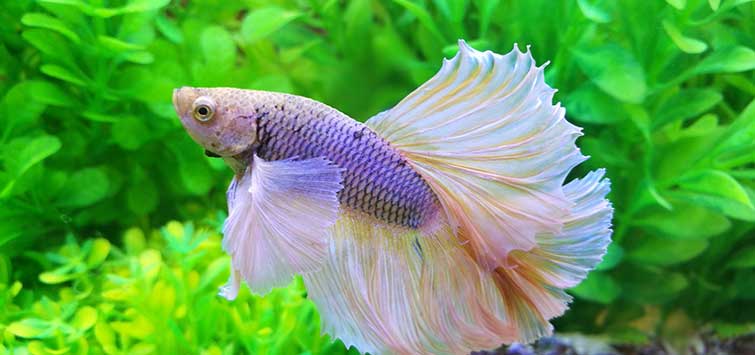Just How to Present Betta Fish to a Community Tank Safely
Just How to Present Betta Fish to a Community Tank Safely
Blog Article
Breeding Betta Fish: a Comprehensive Step-By-Step Guide to Effectively Raising Baby Bettas From Eggs to The Adult Years
Breeding Betta fish is a careful venture that needs mindful preparation and implementation to guarantee the effective advancement of fry from eggs to mature fish. Selecting genetically diverse reproduction sets with desirable features is only the start; developing an optimal environment and understanding the details of the breeding process are similarly important. As the male Betta vigilantly constructs a bubble nest and guards the precious eggs, the subsequent phases of care and transition need interest to information and understanding of finest methods. Just how does one browse the challenging yet gratifying path of nurturing these vivid creatures to adulthood?

Picking Breeding Pairs
When getting started on the trip of breeding Betta fish, selecting the appropriate breeding pairs is crucial to attaining preferable traits and a healthy and balanced lineage - betta fish. The primary step in this procedure is to determine the particular traits you desire to boost or maintain, such as shade, fin type, and body form. It is important to choose genetically diverse sets to prevent inbreeding, which can bring about health issues and unfavorable attributes
Assess possible breeding candidates meticulously. A healthy male Betta ought to show vibrant shades, an active temperament, and well-formed fins, while the female needs to likewise show vivid coloration and a rounded belly, showing readiness for spawning. Observing the personality of both fish is essential, as aggressive or overly timid individuals may not reproduce effectively.
Keeping documents of the parent fish's origins can assist you track genetic qualities and prospective issues. Ultimately, spending time in the option procedure will substantially improve the possibility of generating strong, vibrant children that meet your reproduction objectives.

Preparing the Reproduction Container
Creating an ideal reproduction environment is a vital step after picking appropriate pairs for Betta fish. The reproduction tank must be specifically created to give convenience and promote the natural reproduction actions of the fish. Beginning with a container dimension of at the very least 10 gallons to guarantee ample room for both the man and women Bettas.
Maintain a mild filtering system to keep the water clean while staying clear of strong currents that can worry the fish. Furthermore, an air rock can be contributed to give oxygenation without interrupting the water surface excessive.
Temperature guideline is critical; purpose for a stable variety of 78-82 ° F(25-28 ° C) using a trustworthy heater. The pH level should be kept between 6.5 and 7.5, and normal water changes are needed to ensure high water quality.
Include drifting plants or spawning sponges to produce concealing areas for the lady, while additionally encouraging bubble nest structure by the man - betta fish. Guarantee the storage tank is free from sharp decorations and any type of prospective dangers, as the welfare of the fish need to always be prioritized throughout this essential phase of reproduction.
The Reproduction Refine
Typically, her comment is here the breeding procedure for Betta fish includes a collection of unique and observable actions that suggest preparedness for reproduction. The male Betta begins by her explanation building a bubble nest at the water's surface, which works as a site for the fertilized eggs. This nest is vital, as it gives a secure atmosphere for the eggs until they hatch out.
When the nest is developed, the male will certainly display courtship actions, such as flaring his fins and exhibiting dynamic colors to attract the woman. The female, upon picking up the male's readiness, will respond by showing upright red stripes along her body, signaling her receptiveness.
When the female techniques, the male takes part in a mating dancing, commonly bring about a welcome understood as the "spawning." Throughout this embrace, the lady launches her eggs, which the male feeds quickly. The fed eggs then are up to the bubble nest, where the male very carefully collects and returns them to the nest. Following this, the male assumes duty for guarding the nest and ensuring the safety and security of the eggs up until they hatch, typically within 24-36 hours. This stage is essential in the about his reproducing procedure, laying the structure for successful fry advancement.
Taking Care Of Betta Fry
Looking after Betta fry calls for mindful focus to their environment and nourishment to guarantee healthy and balanced growth and development. After hatching out, Betta fry are exceptionally tiny and at risk, demanding a steady and clean environment. Preserving a water temperature level in between 78 ° F and 80 ° F is essential, as Betta fry flourish in warm problems. Furthermore, make certain that the water is without harmful toxic substances; regular water modifications of 10-20% are suggested to preserve optimal water top quality.
Feeding Betta fry is equally crucial. Feed them small quantities a number of times a day, being cautious not to overfeed, which can lead to water quality concerns.
Transitioning to Grownup Bettas
As Betta fry fully grown, transitioning them to adult Bettas is a critical stage that calls for cautious administration of their environment and social interactions. This procedure normally starts when the fry get to around 6 weeks of age, whereupon they can be progressively introduced to a more organized living environment.
To promote this shift, it is important to guarantee that the water parameters-- such as temperature level, pH, and ammonia degrees-- are optimum and stable. Adult Betta fish prosper in cozy water (around 78-80 ° F) with a pH of 6.5 to 7.5. Progressively adapt the fry to these problems to decrease tension.
Social communications are another key element; male Bettas are infamously territorial and aggressive. It is advisable to different males into specific tanks as they develop. Female Bettas can be housed with each other, however treatment should be required to check for signs of aggressiveness.
In addition, dietary modifications ought to be made as the fry grow. Incorporate high-grade pellets and live foods to sustain their development and wellness. By handling these variables properly, you can advertise a successful change to the adult years for your Betta fish.

Conclusion
Effective reproduction of Betta fish calls for careful interest to detail throughout the whole process, from picking genetically diverse sets to supplying ideal care for fry. Furthermore, a balanced diet plan and gradual adjustment to adult settings are important for the growth and development of Betta fish.
Report this page